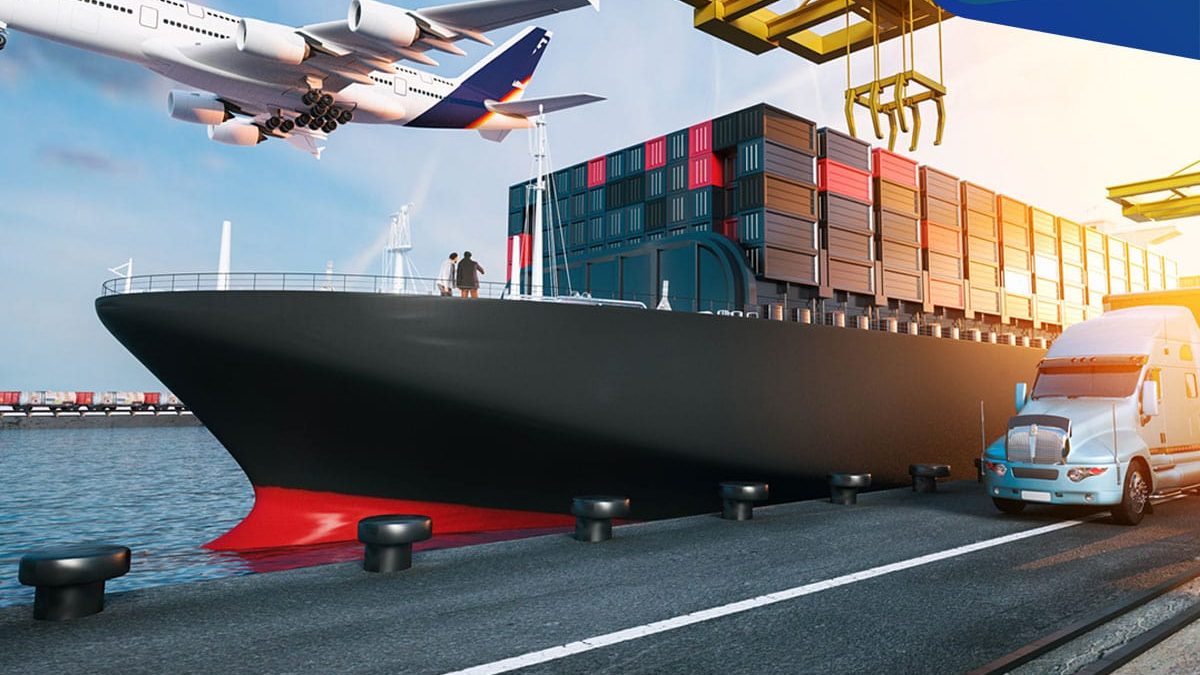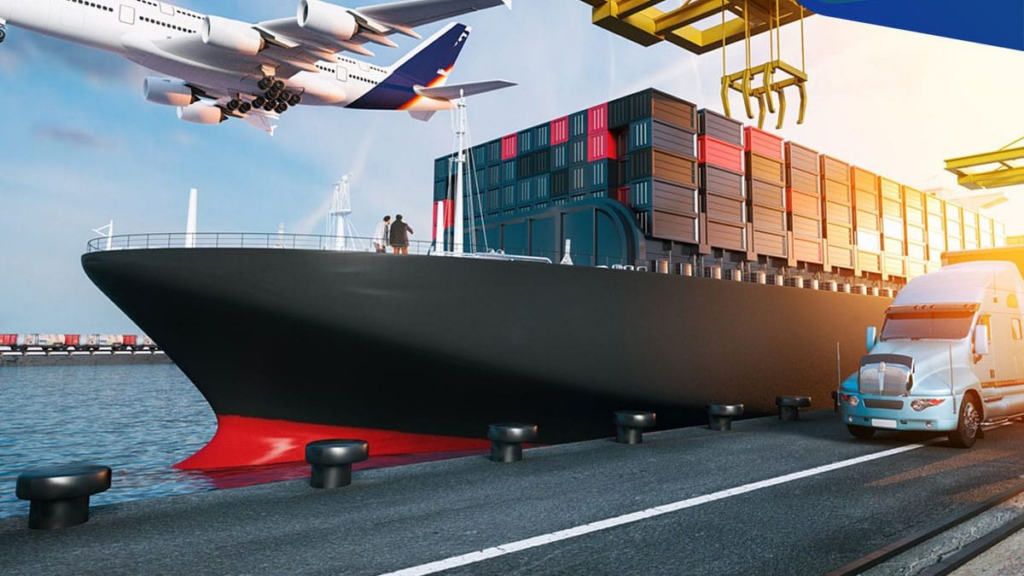
E-commerce businesses across the globe are growing at an exponential rate. Success in this dynamic industry involves more than just having an impressive product line or an eye-catching website. One of the key driving factors behind a thriving e-commerce business is its mastery over distribution management. This comprehensive guide will take you through every critical aspect of shipping logistics in e-commerce, offering valuable insights, proven strategies, and real-world examples.
What is Shipping Logistics?
Shipping logistics refers to the planning, implementation, and control of a product’s journey from the point of origin to its final destination. It involves several key activities, including packaging, warehousing, transportation, tracking, and delivery, all of which are crucial in maintaining customer satisfaction and overall business efficiency.

The Vital Role of Shipping Logistics in E-commerce
E-commerce businesses operate on the principles of convenience and speed. Hence, an efficient and reliable distribution management system becomes the backbone of an e-commerce operation. It not only ensures quick and hassle-free deliveries but also helps in building trust among customers, leading to customer retention and repeated sales.
Streamlining Operations
A well-planned transport logistics strategy can streamline the operational process. It can simplify tasks such as inventory management, packaging, and dispatching, thus freeing up time and resources that can be utilized for core business activities.
Improving the customer experience through advanced shipping logistics
Shipping logistics also play a key role in enhancing customer experience. Timely and damage-free delivery of products, real-time tracking, easy returns, and efficient customer support are all parts of the transport logistics process that directly impact the customer experience.
Key Components of Shipping Logistics
There are several components in the shipping logistics process, each playing a crucial role in ensuring the seamless movement of products. Understanding these components is the first step in optimizing your e-commerce shipping logistics.

Packaging
Proper packaging is not only essential for protecting the product during transit but also contributes to the overall customer experience. It’s important to choose appropriate packaging materials and sizes based on the product’s dimensions, weight, and fragility.
Warehousing
Effective warehousing ensures that your products are stored safely and are readily available for shipping. This involves the proper organization of goods, adequate storage conditions, and efficient inventory management systems.
Transportation
Choosing the right mode of transportation based on the product type, destination, and delivery timelines is crucial. This can range from local couriers for quick, local deliveries to freight carriers for large, international shipments.
Tracking
Providing customers with real-time tracking of their orders enhances transparency and trust. It also helps in efficiently managing any delivery issues or delays.
Delivery
The delivery of the product to the customer’s doorstep is the final and most important step. Ensuring prompt and hassle-free delivery is crucial in maintaining customer satisfaction and loyalty.
Strategies for Optimizing Shipping Logistics in E-commerce
Optimizing your shipping logistics process can significantly enhance your e-commerce operations. Here are some strategies that can help.
Implementing a centralized management system for optimized shipping logistics
A centralized management system can help in effectively coordinating various aspects of transport logistics. This includes inventory management, order processing, shipping, tracking, and customer support.
Leverage Technology
Leveraging technology can automate and streamline the shipping logistics process. This includes software for inventory management, route planning, real-time tracking, and customer communication.
Partner with Reliable Third-Party Logistics Providers
Partnering with reliable third-party logistics (3PL) providers can help in managing complex logistics tasks. They can provide expertise and resources that can help in improving the efficiency and reliability of your transport logistics.
Offer Multiple Shipping Options
Offering multiple shipping options, such as same-day delivery, express shipping, or free shipping, can enhance customer satisfaction and attract a wider customer base.
This diagram depicts the key challenges in transport logistics. While these challenges might seem overwhelming, understanding them is the first step toward creating a robust and effective shipping logistics strategy.
Exploring the Different Types of Shipping Logistics
In the fast-paced world of e-commerce, the importance of having an efficient supply chain management system in place can’t be overstated. Shipping logistics is the orchestration of processes that facilitate the delivery of products from one place to another. However, it’s important to note that not all transport logistics are the same. There are various types, each with its unique characteristics and best use cases. Here, we’ll delve into the different types of distribution management and explore how they can benefit your business.

1. Direct Shipping
Direct shipping, also known as dropshipping, is a business model where the seller doesn’t keep goods in stock. Instead, when a customer places an order, the seller purchases the item from a third party and has it shipped directly to the customer. This type of transport logistics is particularly beneficial for businesses looking to keep overhead costs low, as it eliminates the need for warehousing.
2. Warehouse Distribution
Unlike direct shipping, warehouse distribution involves storing products in a warehouse until they are purchased by consumers. This type of shipping logistics is crucial for businesses with a large volume of products or those that require storage of products in specific conditions, such as perishable goods. It allows for bulk shipping and can offer economies of scale, hence reducing shipping costs in the long run.
3. Cross-Docking
Cross-docking is a type of transport logistics that involves transferring goods directly from inbound trucks to outbound trucks with minimal or zero warehousing in between. The products arrive at an intermediate docking terminal, are sorted based on their destination, and then directly loaded onto outbound trucks. Cross-docking is effective for perishable goods that require quick shipping or when warehousing space is limited.
4. Third-Party Logistics (3PL)
Third-party logistics providers, or 3PLs, are external companies hired to handle all or part of a company’s logistics operations. This can include warehousing, transportation, packing, and distribution. 3PLs can provide businesses with extensive logistics expertise and resources, allowing them to focus on their core business operations.
5. Reverse Logistics
Reverse logistics is the process of managing the return of products from customers back to the business. This could be for reasons such as product defects, customer dissatisfaction, or exchanges. Efficient reverse logistics can enhance customer satisfaction and loyalty by making the returns process easy and hassle-free.
Conclusion
Mastering cargo handling is an integral part of e-commerce success. It involves understanding and optimizing key components like packaging, warehousing, transportation, tracking, and delivery. Implementing efficient strategies and leveraging technology can help in significantly improving your freight management, leading to enhanced customer satisfaction, increased sales, and business growth.